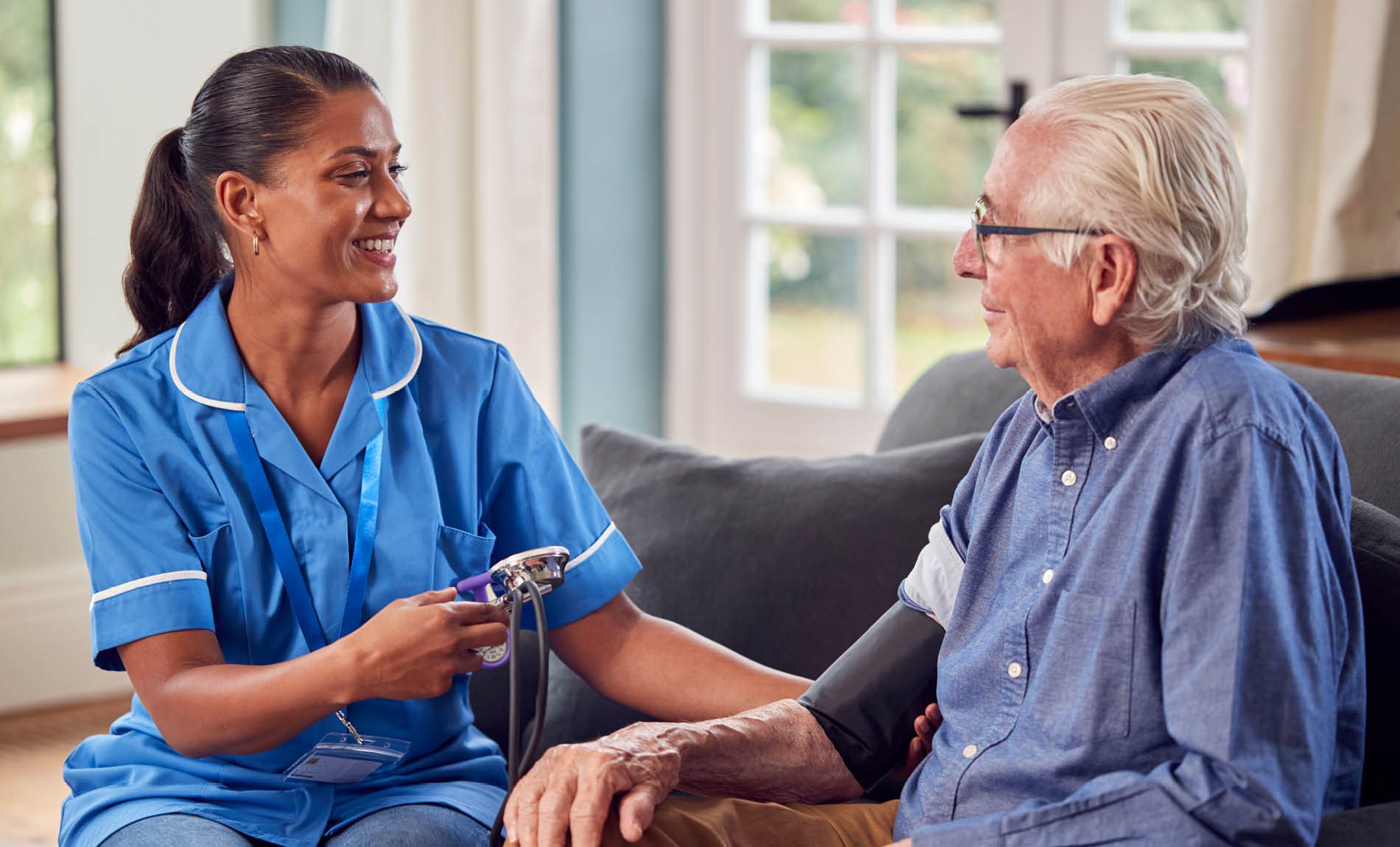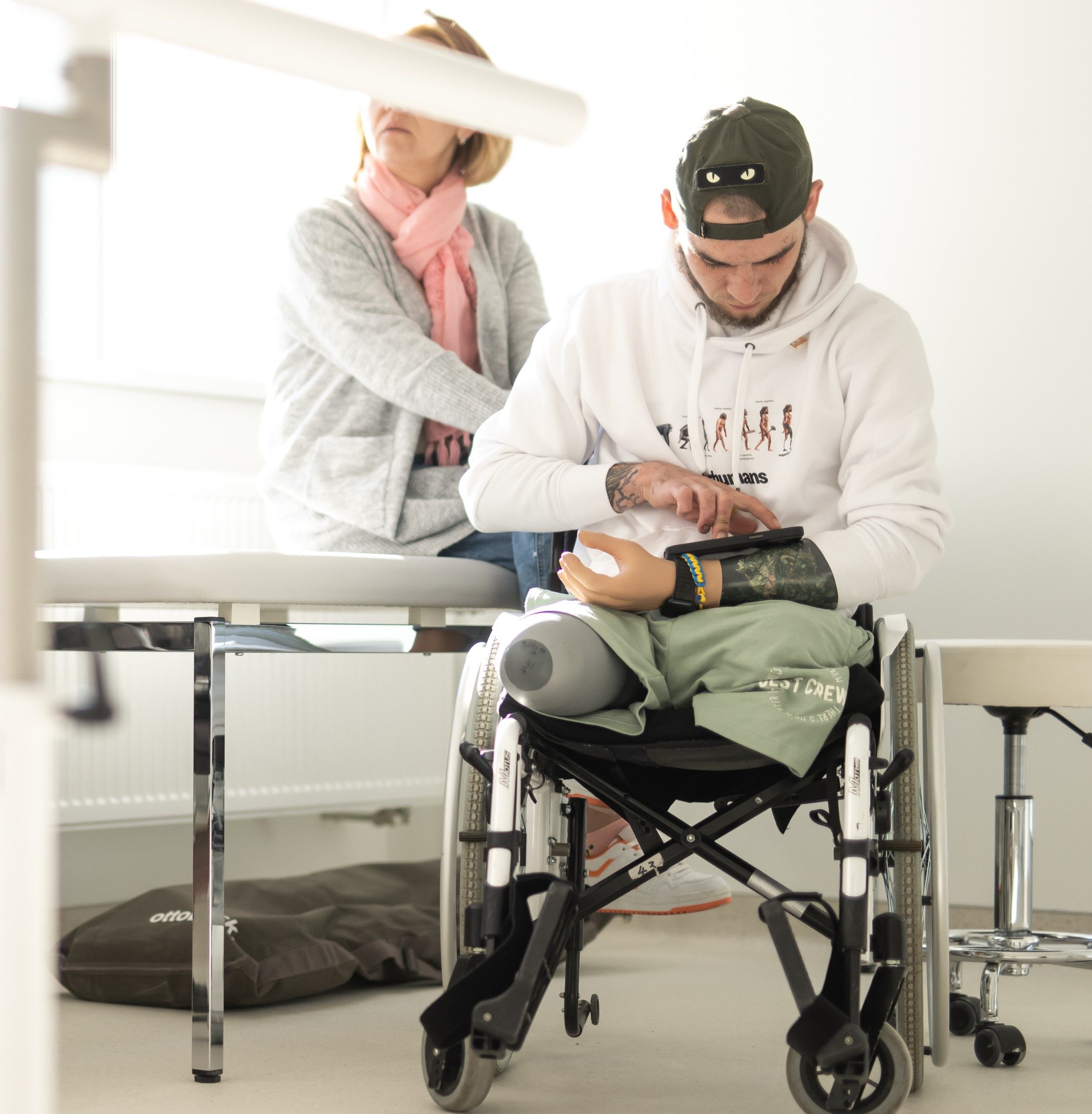In many of the webinars Health Spaces has hosted we have seen that CDCs in high street locations can reduce DNA levels, as well as the time and cost associated with travelling to hospitals. Case studies discussed have shown how the models can ensure for faster diagnosis, treatment and intervention.
However, researchers at The King’s Fund have highlighted that we are still yet to see the full use of spaces on the high street.
Busting the backlog through healthy high streets
The following is an extract from a recent article from The King’s Fund, written by Charlotte Wickens, Danielle Jefferies and Sneha Sircar. Read the full article here.
Maria Caulfield, former Minister of State for Health, acknowledged in parliament that 47 of the centres have been built on existing hospital sites. Only an estimated 1 in 5 are based in the community (such as in shopping centres) rather than on a traditional health care site (such as a hospital or a primary care centre). This may undermine the promise to have the CDCs offer ‘more accessible and convenient’ access to diagnostics.
“CDCs could help address inequalities by opening up easier access to diagnostics to people who wouldn’t traditionally visit health services. They could also realise the value that genuine community-based programmes have in increasing uptake of health initiatives, as seen with the Covid vaccine rollout, and by beginning to improve trust in services by having them in familiar locations and more connected to local communities.” – The King’s Fund
The CDCs programme has much to learn from the Covid-19 vaccine programme rollout on how to improve access and address health inequalities. Providing vaccines in local communities, not only in GP practices or hospitals but also in places that were convenient and familiar, was particularly important to offering equal access and involved taking the service to places that the NHS would not otherwise routinely go, such as temples and churches. The rollout capitalised on community assets and networks and used community champions to spread the word about the vaccine to these groups and provide reassurance about its safety and efficacy. However, there were still inequalities in take up between communities, despite these efforts – so while there was good progress, it was not able to completely bridge inequalities.
“The CDCs are adding much needed additional diagnostic capacity, helping to tackle the backlogs in care. But there is a disconnect from what is offered – care that is both closer to home and more convenient – and what is being delivered, which is diagnostics services delivered in mainly traditional NHS settings.”
(c) The King’s Fund




